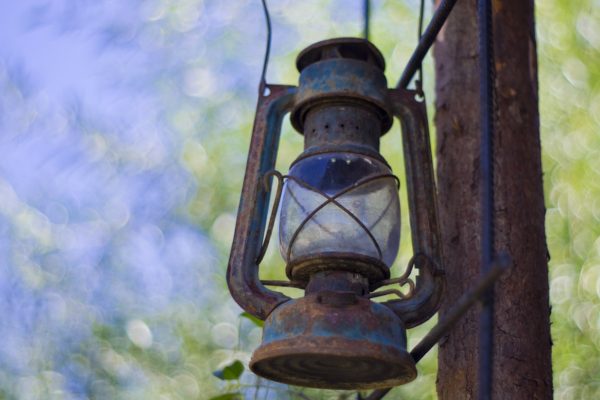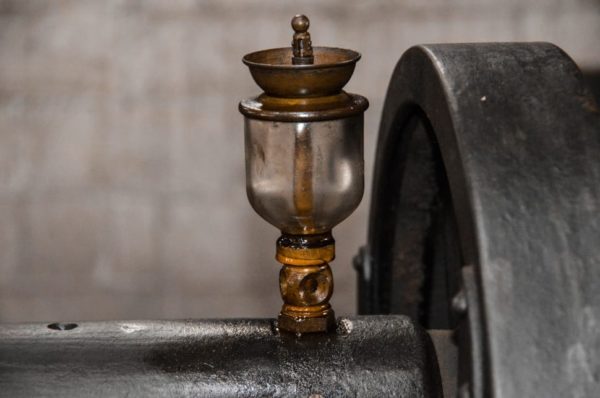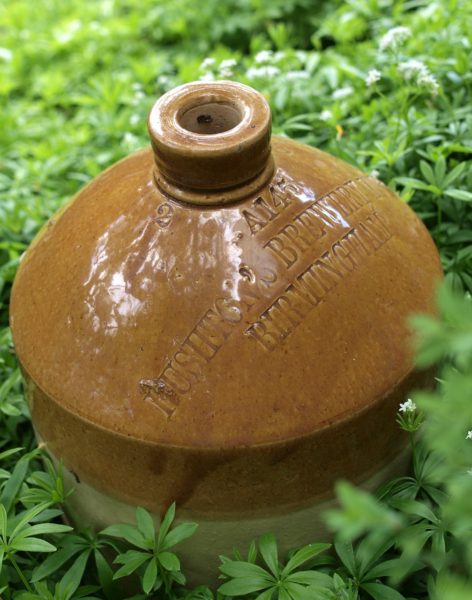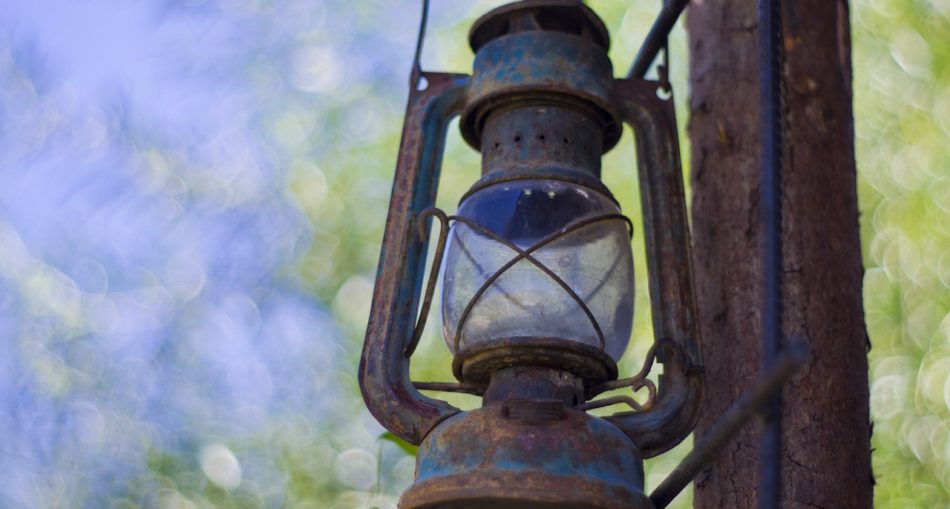Before Guyana got electricity (even when there was electricity, there were lanterns as the supply of electricity in the 1980s and 1990s were not reliable), lanterns and gas lamps were the only sources of lighting. There were not any light bulbs, refrigerators, microwaves, no Internet. Can you picture it? A primitive world without electricity. In those days, ‘jumbie’ stories and ‘nancy stories were told almost every evening. Fish and meats were preserved by smoking or salting. You had to get your homework done before dark settles in. In the night you could go outside and see the stars twinkling overhead. There were no city lights to blanket the stars. There was less pollution and clean, fresh air when you inhaled.

A worn lantern – Photo source https://www.needpix.com/photo/73484/gas-lamp-gas-lighting-vintage-lantern
People would retire early to bed since there was little light to see by. Before the Thomas Edison light bulb was invented, people all over the world use candles, gas lamps, lanterns, and jug lamps. In Guyana, the most common means of light was the kerosene lamp. Since this was one of the cheapest, many homes made use of these. Wax candles were also widely used. Guyanese took old ceramic Dutch bottles and made jug lamps, also known as flambeau. These homemade lamps were quite common. Only the well-off families could afford gas lamps.
It was sometime before the beginning of the twentieth century that Guyana started the generation of electricity, with a few private companies producing theirs. British Guiana Electricity Company purchased the assets of theThe Demerara Electric Company which was founded in 1925. After we gained independence the company was nationalized, forming the Guyana Electricity Company which later became Guyana Power and Light Inc.
Lanterns
The younger generation surely knows what a lantern is, as we still make use of them during blackouts in Guyana. Most lanterns have a metal frame, to which a glass chimney is attached. Below the chimney is a base in which the fuel or kerosene is stored. Lanterns have a flat wick, usually made of cotton. The only mechanism is a knob that controls the brightness of the lamp, by raising or lowering its flame. We light the part of the wick that shows inside the glass while the other end of the wick soaks into kerosene, feeds the wick. When lit, lanterns produce a bright, yellow flame.
Lanterns are steadfast backup and are still useful today. Whenever blackouts occur, many of our Guyanese people lit these lamps and wait for electricity. Many of our parents and grandparent would have grown up in a Guyana without electricity. They would have ‘burn the midnight oil.’ This means they would have worked or studied by the light of a candle or lantern.
Gas lamps
When you hear the word gas lamp, you are probably thinking of a technological advance lamp, powered by gas. Or if you grew up using one, you definitely know that it is fairly common. Gas lamps are not fuelled by gas but by kerosene. Even though we use the same kerosene, a gas lamp normally produces white light.

A Gas lamp model – Photo source https://www.peakpx.com/486399/brown-gas-lamp
Jug lamps or Flambeaus
Jug lamps are generally known by another name-flambeau. These lamps are homemade and consist of a ceramic body or bottle and a wick. People used old ceramic bottled, filled with oil and lit by a wick. It burns for as long as you refill oil.
Lanterns have fixed themselves as part of a Guyanese household. Gas lamps and flambeaus have become obsolete but Guyanese still make use of lanterns and candles. Even today most households have at least a lantern or candle.

The type of bottle used to make a flambeau – Photo source https://www.needpix.com/photo/1095646/jug-beer-keg-ceramic
In recent times households are powered with electricity or switch to solar energy but you can still find a lantern in most Guyanese homes. Most of Guyana still depends on the use of fossil fuel to provide electricity in our homes.
Interesting tip
- Thomas Edison invented the light bulb-variants of what we used today.
- Guyana is supplied electricity by the Guyana Power and Light, otherwise known as GPL.
Popular Idioms
- Burn the midnight oil – This idiom means to stay up late working or studying by candlelight or the light of kerosene and gas lamps. It originated before electricity when the flame was a very common source of light.
- To burn your candle at both ends – This simply means to work hard to achieve something, regardless of sleep and health. You stay up late and wake up early, thus exhausting yourself.







